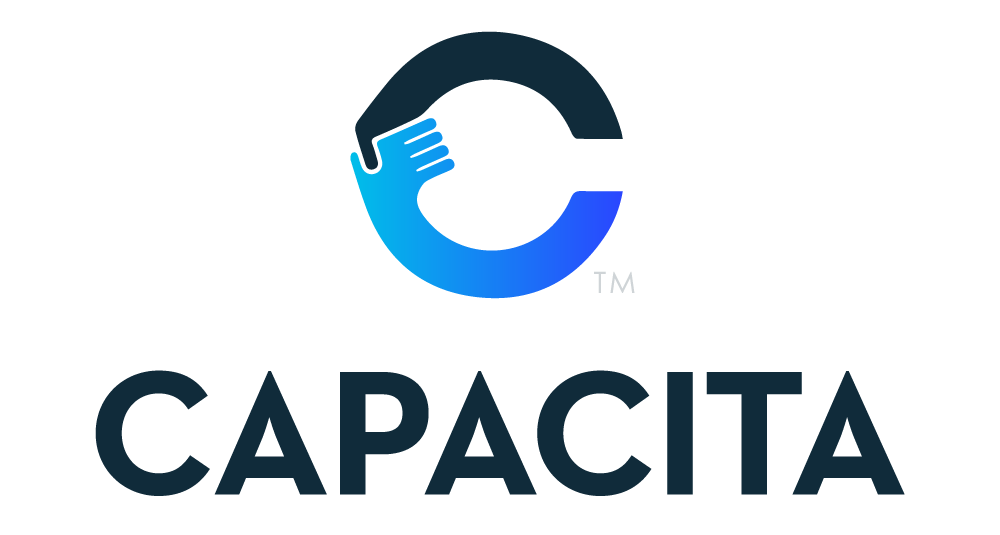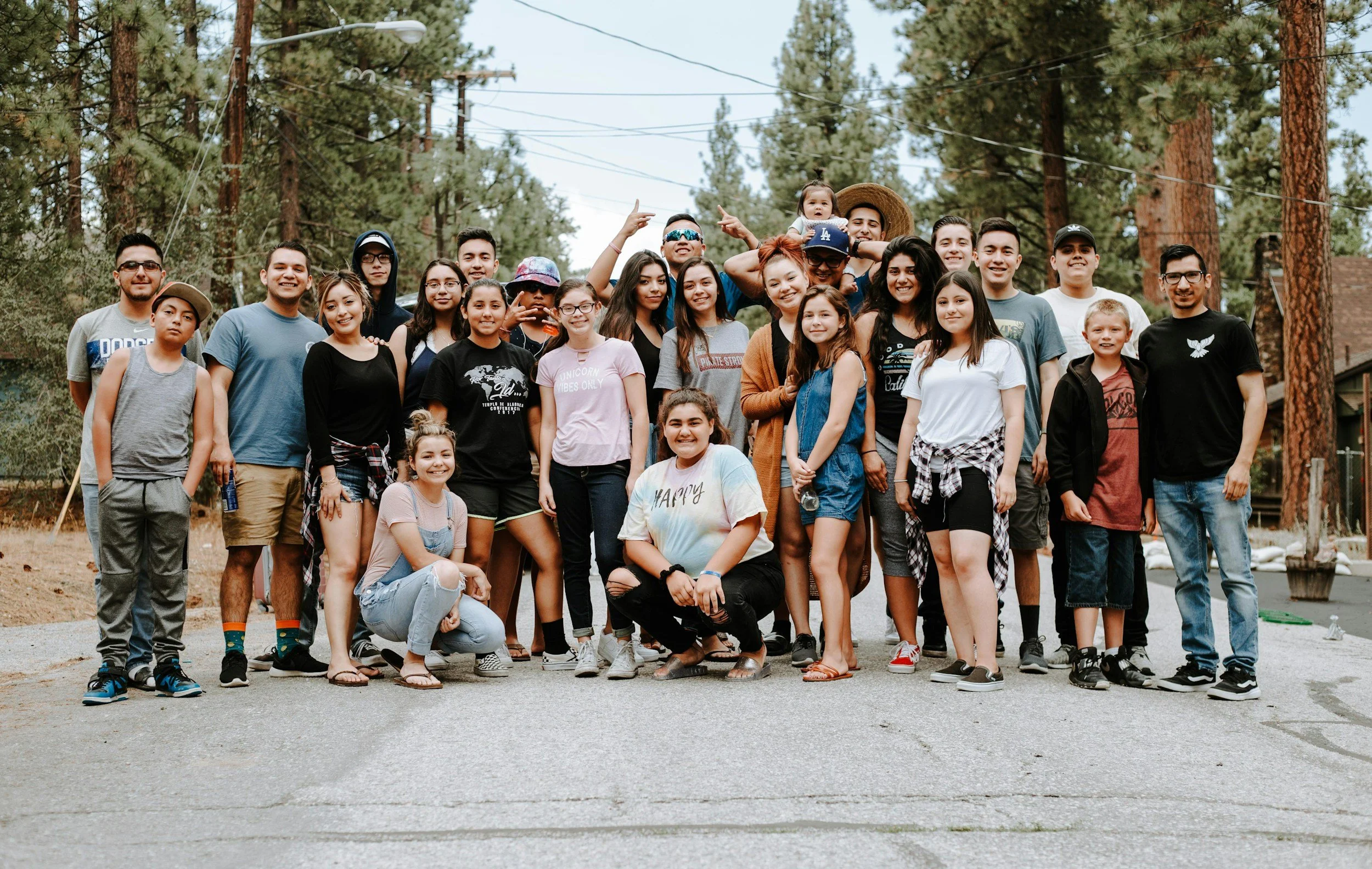10 Steps to Convening a Meaningful, Impactful Gathering for Your Grantees
Let’s talk about Convenings.
As funders, we often feel the impulse to bring people together; to share stories, to build community, to reflect, or to seed new collaborations. But meaningful convenings don’t happen by chance! They take some planning, care, and effort to get right. You’ve heard us say it a million times, as a company that centers a project management approach: smart planning and solid management are keys to success.
Whether you’re planning a three-day strategy retreat, a learning and development capacity building cohort, or a local half-day session to talk about something timely, here’s our step-by-step guide to designing something real. An experience that people actually remember and build from.
Convening is a power and a privilege that we want more funders to be aware of, and to feel comfortable using for the benefit of your goals, your grantees, and the larger communities in which you operate.
Let’s dive in.
1. Get Crystal Clear on Your Purpose, and Keep it Centered
Start with the most fundamental questions:
Why are we doing this?
What do we hope changes because we brought people together?
Spend time articulating the purpose and validating it with others. If you don’t get this part right, everything else (from budget, to format, to goals) can easily drift.
2. Listen Early and Often
Before any design decisions are made, we like to gather input.
Sometimes we do this through formal surveys, sometimes quick calls with key stakeholders, and sometimes through informal conversations.
We ask grantees and other stakeholders what would make this worth their time and attention. We ask about their priorities, and what they’re grappling with right now. We ask about potential pitfalls, context, and key information they think you should have to foster the best version of your convening.
And then we shape the agenda with that input, not just beside it.
3. Consider All Stakeholders
We encourage our clients to think beyond just current grantees. Depending on the purpose and context of the convening, we know a strong gathering reflects and respects their full ecosystem.
Who needs to be in the room?
Who is impacted by what’s discussed?
Who isn't coming but still needs to benefit from the convening?
4. Take Budget seriously, but know YOU can make anything work if You center The purpose
Whether you’re working with $500, $5,000, or even $500,000, you can design a meaningful gathering.
We work backwards from the convening’s purpose to design the experience, and then align it with realities of time and money, without losing sight of the core goals.
Big budgets usually mean more complicated events and lots more work, so bigger isn’t necessarily better (…though, we know big convenings can be a lot of fun and we have a blast planning them)!
5. Clarify Roles & Project Manage Like You Mean It
If you know us at all, you’ll know that the Capacita team is all about bringing project management to philanthropy and nonprofits, so this next section should be no surprise.
Great gatherings feel seamless, but they require behind-the-scenes clarity on roles, timelines, internal communication, outreach, speaker prep, and more.
Project management isn’t a logistical detail, it’s a key part of the strategy and crucial for success.
6. Invest in Strong Facilitation and Teaching
If your event includes any learning or discussion components, skilled facilitators and educators make all the difference.
They know how to include quieter voices, manage energy, and ensure things don’t go off the rails while staying grounded in the goals of the convening.
In addition, the dynamics of being a funder in a room where most folks are grantees can make it even more important to bring outside facilitators or trainers to create space for open conversation, honesty, and learning.
It also takes a load off of you and your staff, as professional facilitators and trainers should come with their acts in order, fully ready to go!
7. Center Community and Connection, Not Just Content
People don’t just need information. They need each other.
We intentionally build in structured and informal time for connection, story-sharing, and relationship building.
We design gatherings with community in mind, not as an afterthought or a “nice-to-have.”
8. Understand Your Role as Host
As the convener, you have an outsized influence on how the gathering goes.
Your attention, your engagement, and your time are so key to a successful event. Your tone and behavior matter. The way you show up is going to be crucial to how your guests feel.
Hosting with humility, openness, and clarity sets the tone for everything else.
Be mindful of power dynamics, model good listening, and recognize when to lead, and when to step back.
9. End with a Meaningful Call to Action
A convening should leave people with clarity, not confusion.
We always end with a specific call to action (individually or collectively):
What comes next?
What will we keep doing or start doing differently?
How will we stay in touch or advance the work?
10. Harvest the Learning and Share It Forward
After the convening, we intentionally collect the insights, commitments, and reflections that emerged.
That could be through a written summary, a set of shared notes, or graphics from the event.
Sharing it back honors people’s contributions and ensures the convening continues to live on beyond the event itself.
Final Thought
At the end of the day, a powerful convening isn’t about size, location, or even format.
It’s about intentionality, relationship, and follow-through.
When funders convene with thoughtfulness and care, they’re not just hosting an event. They are building collective capacity, strengthening the field, and creating lasting momentum for change.
“If you’re planning a convening and want a thought partner to help design and facilitate it, get in touch! This is some of our very favorite work.”






